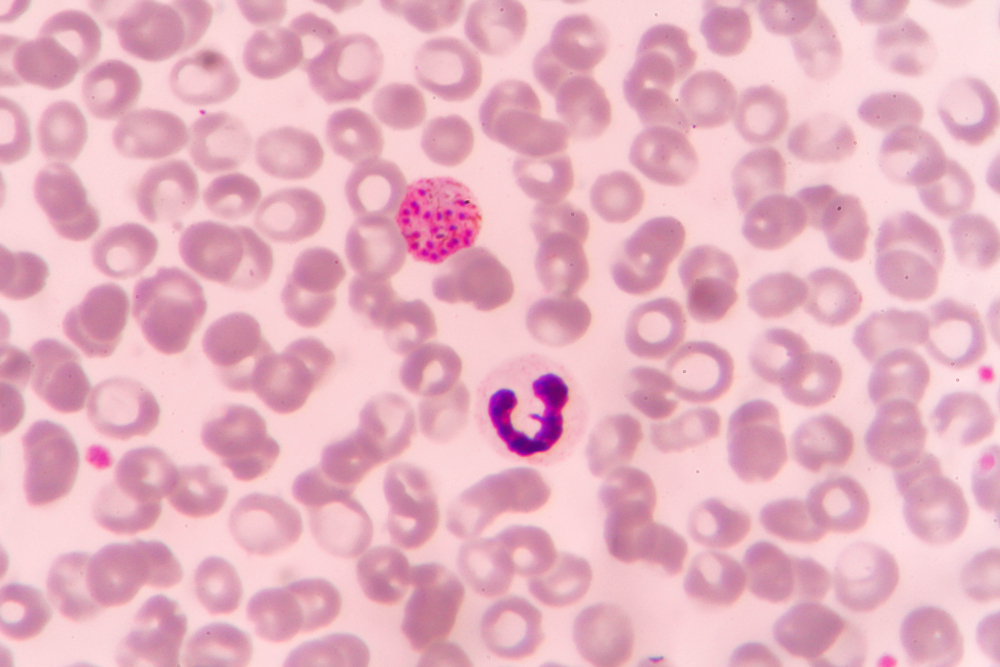
A new study by researchers at the University of São Paulo (USP) in Brazil, along with colleagues from Rio de Janeiro, Uruguay, and the United Kingdom, found that populations of Malaria in the Americas are more diverse than was previously thought.
Because the most prevalent species of malaria parasite, P. falciparum, exhibits low genetic diversity in the Americas compared to other regions, scientists thought the same was true for P. vivax. The study, published in PLOS Neglected Tropical Diseases, found that populations in the Americas are as diverse as those in Southeast Asia where transmission is much more common.
The researchers analyzed the genomes of nine P. vivax parasites collected in northwestern Brazil and compared them with existing sequences for 84 parasites collected in Brazil and elsewhere.
“The discovery that populations of P. vivax in the Americas are more diverse than populations of P. falciparum was surprising,” Marcelo Urbano Ferreira, a professor in the Parasitology Department of the university’s Biomedical Science Institute (ICB-USP) and the principal investigator for the study, said. “If we accept the hypothesis that both P. falciparum and P. vivax came to the Americas after European colonization, we would expect to find similar levels of genetic diversity in both species, as they would have undergone an intense population squeeze during their ‘migration’ to the New World. However, this is simply not the case.”




